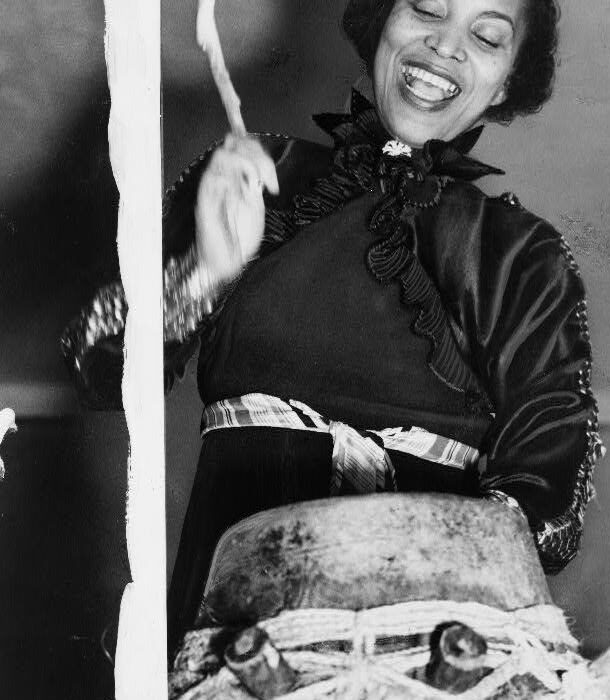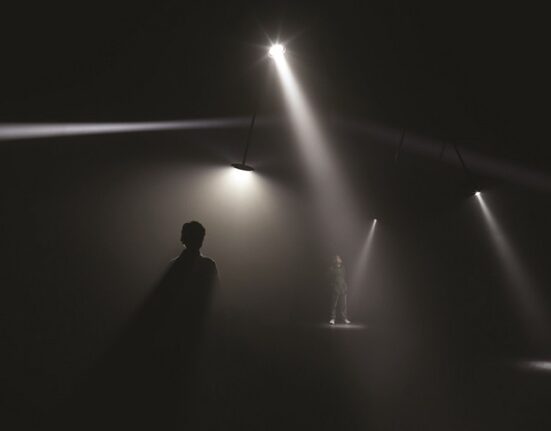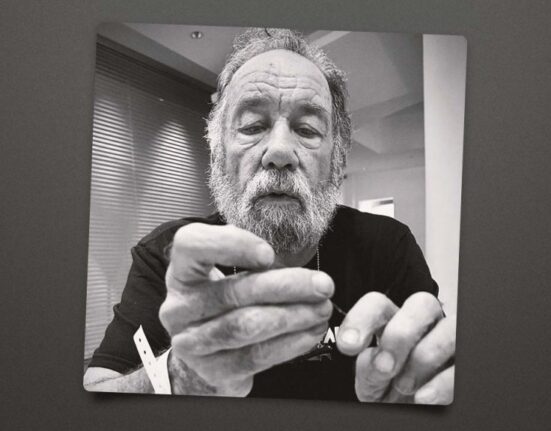While many creatives have showcased works and started trends that have influenced culture, African American visual and literary artists have crafted narratives that have shifted society’s understanding and appreciation of the beautiful complexities of Black life and culture.
As the Association for the Study of African American Life and History (ASALH), the founders of Black History Month, celebrates “African Americans and the Arts,” as its 2024 theme, The Washington Informer has taken a deep dive into the importance of Black artists.
This week, we’re celebrating Black visual artists and storytellers, and highlighting their deep connections to Washington, D.C.
While the District is a great place to view and take in free national art, it also possesses a lot of local Black visual arts history. For instance, early 20th-century photographer and entrepreneur Addison Scurlcok captured both D.C.’s Black elite and activities in the streets; and painter Sam Gilliam was known as the “dean” of the District’s arts community.
From photos to quilts, paintings and sculptures, visual arts, for Black Americans, have always created a pathway to boldly share African American narratives with the masses without saying a word. Black art has historically spoken for itself as a form of African American representation and sometimes intentional artivism.
“You can’t sit around and wait for somebody to say who you are. You need to write it and paint it and do it,” artist Faith Ringgold once said. Ringgold’s work has been featured throughout D.C., and some of her art will be included in an upcoming show at the Smithsonian American Art Museum’s Renwick Gallery this May.
Further, stories have always been critical to Black people, even before the ancestors’ arrival to the Americas— rooting back to the African griot.
From the groundbreaking work of Phyllis Wheatley, credited as the first published African American, to children’s author Eloise Greenfield, literature has the power to influence change and empower others.
Moreover, many literary works live forever. As is the case with Wheatley, who was first published in the 1760s, the words and stories from back then still inform, entertain, and inspire readers to this day.
Historically, Black writers have been intentional with their words and often write to expand readers’ ideals of the intricacies of African American people and narratives.
In the words of Zora Neale Hurston, a celebrated writer whose time in the nation’s capital was integral to her literary journey: “It’s no use of talking unless people understand what you say.”
Join us as we celebrate the lives and legacies of historic Black visual and literary artists, whose works continue to influence viewers and readers to this day.







